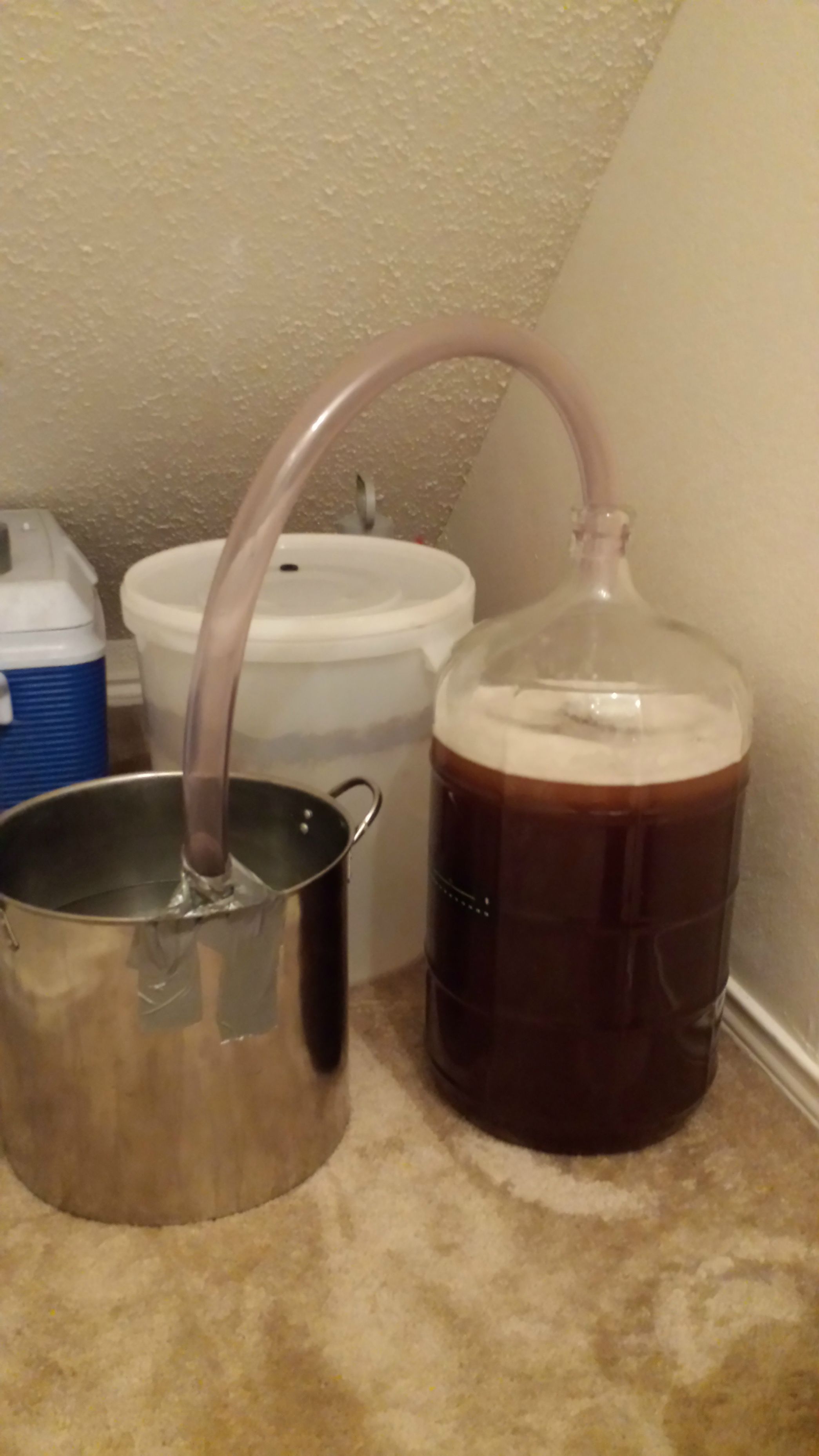Don't expect it to taste good once it's finished.
Thanks for the brutal honesty.
Maybe it was a little unclear when I said "as delicious as the hydrometer sample." It was merely a hopeful statement, I sure don't expect it to be as sweet as the original must, nor do I want it to. But as or more delicious? Of course!
I will be back sweetening when it's done, but certainly not to the level of a "dessert mead". I think I'm shooting for somewhere between semi-sweet and sweet. As I am making 5 gallons, it is something I will definitely be sharing so I don't want it to be too unapproachable.
The amylase was recommended by my LHBS and was said to increase fermentability, so I threw it in. The nutrient booster contains DAP (although not sure how much it has) which I have read is necessary. I whipped the hell out of it with my paddle when mixing the water with the honey so it had an enormous amount of oxygen when the yeast pitched, although it is now in a carboy and I don't have any other means of oxygenating, so that will have to do. I thought about shaking the carboy up, but as the C02 has likely displaced all of the oxygen in the headspace, I doubt it would make much of a difference other than disturbing the yeast/sediment.
As far as the yeast, I have read that it is not the BEST, but I have read several experiences of mead made with it that turned out very good, and it was all that I could get my hands on, so, crossing my fingers.
I didn't know about monitoring the ph level however. What is an acceptable range during fermentation? I don't have any potassium carbonate on hand, but I do have some 5.2 mash stabilizer, which with my experience, is VERY effective at zeroing in the ph at, well, 5.2. Would that be ok to use?
Thanks for the criticisms, and I'll try to keep the things you mentioned under control. I've been an AG brewer for years with good success, but this is certainly new territory for me. As with beer, always strive for excellence, but this is also my first batch, I'm not expecting to produce a world class mead on my first try.










![Craft A Brew - Safale S-04 Dry Yeast - Fermentis - English Ale Dry Yeast - For English and American Ales and Hard Apple Ciders - Ingredients for Home Brewing - Beer Making Supplies - [1 Pack]](https://m.media-amazon.com/images/I/41fVGNh6JfL._SL500_.jpg)















































